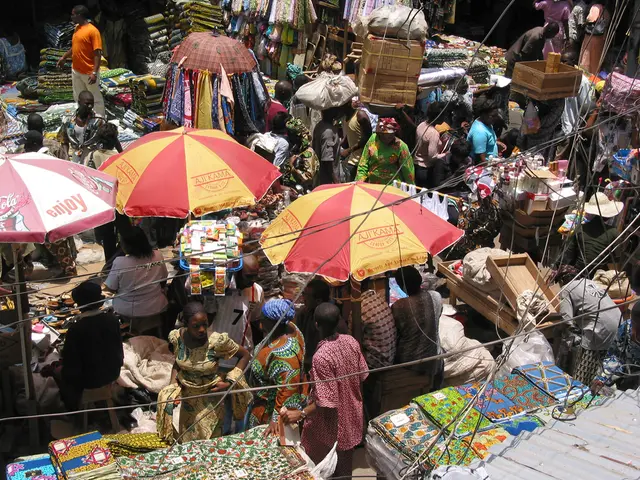RBI Faces Tough Choices as Gold Prices Skew India’s Inflation Picture
The Reserve Bank of India (RBI) grapples with a delicate balance, facing low inflation and rapid GDP growth. Inflation varies widely across states, with Kerala leading at 8.56 percent, while Jammu & Kashmir and Karnataka are below 3 percent. GST changes have contributed to a more significant reduction in inflation than anticipated.
The RBI held off on altering interest rates in the previous meeting, leaving fewer options for future rate cuts. Careful consideration is needed due to low inflation expectations in the coming months. Inflation varies greatly by state, with 12 out of 22 states experiencing negative inflation, and the rest reporting low rates.
Gold price increases have significantly impacted personal care and effects inflation, reaching 57.8 percent. However, excluding gold, the main inflation number drops to -0.57 percent. In October 2021, regular inflation stood at 0.25 percent, with cheaper vegetables, beans, spices, fruits, oils, and fats driving the low figure. If gold is excluded from the Consumer Price Index (CPI), India's retail inflation could be negative for the next couple of months, according to SBI Research.
The RBI will assess November and December inflation numbers, along with Q3 GDP data, to decide its next policy move. Kerala's persistent high inflation rate of 8.56 percent in October 2025, significantly above the national average and the RBI's target range, adds complexity to the central bank's task of balancing economic growth and price stability.
Read also:
- India's Agriculture Minister Reviews Sector Progress Amid Heavy Rains, Crop Areas Up
- Over 1.7M in Baden-Württemberg at Poverty Risk, Emmendingen's Housing Crisis Urgent
- Life Expectancy Soars, But Youth Suicide and Substance Abuse Pose Concern
- Cyprus, Kuwait Strengthen Strategic Partnership with Upcoming Ministerial Meeting








